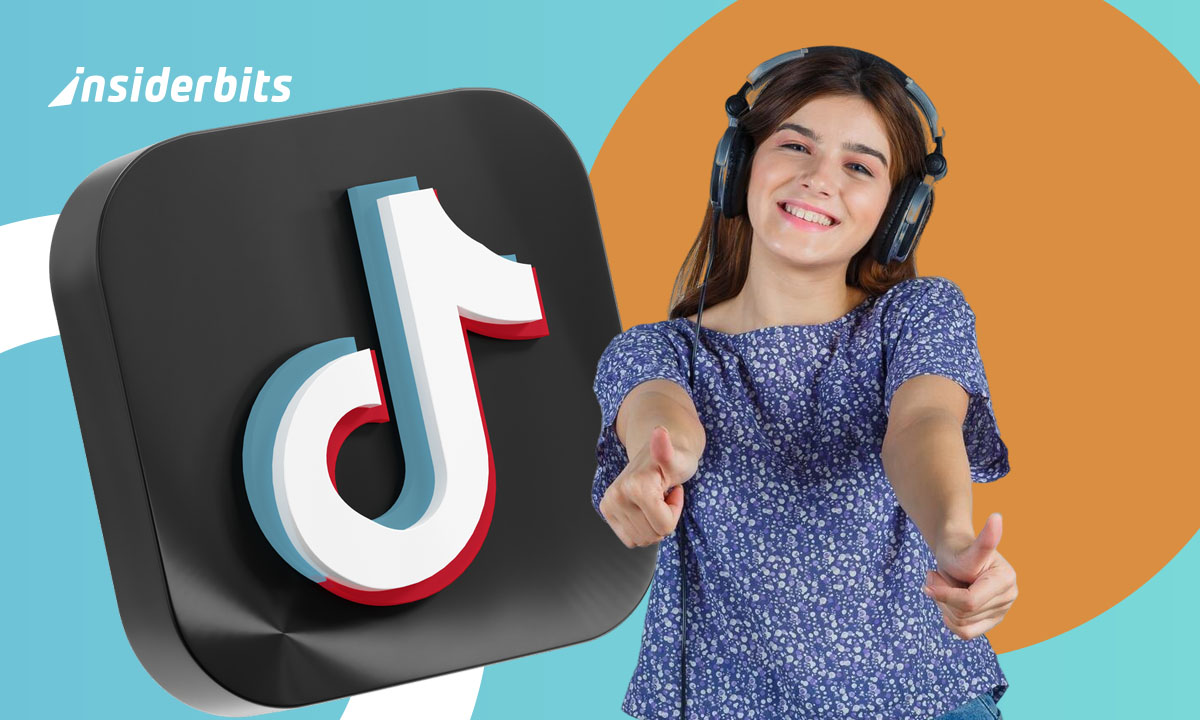In a world where social media feels less like connection and more like noise, gaining control over your feeds can be a game-changer. Endless timelines filled with irrelevant posts or disorganized updates make it harder to focus, filter useful information, or maintain a consistent presence, especially for people working on social media who are juggling multiple accounts.
That’s where timeline apps come in, offering a new way to organize your social feeds around clarity and intention. Now, you don’t need to let algorithms dictate what you see and when you see it anymore. The apps below help you define your priorities, shape your daily routine, and streamline everything from publishing to content discovery. If you are aiming for productivity and a better mental focus, there’s real value in having feeds that work for you.
- Google Maps Timeline - Ein umfassender Leitfaden
- Social Media Apps: Was im Jahr 2025 angesagt ist
- BlueSky: The Future of Social Media?
Best timeline apps to organize your social feeds
Timeline tools have evolved beyond scheduling: now, they serve as intelligent layers between you and the content overload.
Buffer, for instance, stands out not just for letting users program posts but for transforming timelines into strategic engines with visual planning and performance indicators that guide future decisions.
Meanwhile, Feedly plays a different but equally crucial role. Its structure invites users to create dedicated boards for topics, allowing insights and articles to flow into well-defined spaces.
This segmentation not only reduces time wasted on irrelevant trends but makes each session feel intentional and informed.
For those managing social efforts in teams, SocialHub app introduces real-time collaboration.
Comments and tagging keep every post moving forward without losing context or clarity, even across different time zones or campaigns.
A curated timeline reflects your priorities more than the platform’s algorithm. It shows your mind at work, not just your thumb scrolling.
How to schedule and filter content you care about
Once your feeds are connected, scheduling becomes less about repetition and more about purpose.
For instance, Buffer’s queue system gives each slot meaning, allowing specific timeframes to align with peak engagement rather than defaulting to habits or guessing when to post.
On the other hand, Feedly’s AI-powered Leo assistant helps surface what matters most, based on custom keywords and relevance patterns that you define. It refines itself as you go, improving over time.
Lastly, SocialHub brings a newsroom-like clarity to filtering. Posts can be reviewed by theme, letting managers respond faster while keeping the content aligned with tone and audience.
The more specific your filters become, the less digital noise interferes with decision-making.
Tools to simplify your daily social media routine
First of all, you need to know that a simplified routine often starts with clarity about your role and your platform’s function.
The Buffer (iOS/Android) app addresses this by offering a calendar view that brings campaigns and platform-specific edits into one unified space.
For information gathering, Feedly (iOS/Android) trims away distractions with minimalist reading views and category boards.
It’s ideal for thought leadership or marketing ideation sessions where signal is more important than volume.
Inzwischen, SocialHub allows teams to build checklists around campaigns. You see the content pipeline, know where approvals are stuck, and can assign roles in a few clicks. It keeps momentum without micromanaging.
These tools can restructure how effort is spent. That change alone redefines what productivity means in a content-driven job.
Save time and reduce clutter in your feeds
You need to know that time is lost not in the volume of information, but in the disorganization of how it’s delivered.
Aiming to save time, Feedly combats this, among other features, with keyword muting and automatic summarization, keeping important content in motion without drowning in tabs.
If you want to keep things lean with content buckets and post recycling, Buffer builds from evergreen material, customizing each version by platform while letting automation handle frequency.
In SocialHub, de-duplicated feeds and smart tags ensure you never review the same item twice. Replies, mentions, and comments stay linked to original posts across platforms, centralizing all interactions in one space.
Ultimately, if the user removes clutter, it will restore cognitive space, and with structured feeds, the attention becomes a resource again.
Combine feeds from Instagram, TikTok, and X
Managing different platforms in isolation leads to fragmented strategies.
In that sense, Buffer connects with a dashboard that consolidates Instagram, TikTok, X, LinkedIn, and others, turning scattered workflows into a single timeline shaped by your publishing rhythm.
This multi-feed approach also helps with campaign cohesion. You can preview how content looks across apps, adjust tone accordingly, and schedule posts to create a sense of continuity even when audiences shift.
On the other hand, SocialHub brings visibility to performance across all these sources, with timeline overviews that highlight campaign saturation points.
Finally, that efficiency multiplies the impact of every hour you spend online.
Top Timeline Apps to Organize Your Social Feeds – Conclusion
Overall, the apps above introduce structure to a digital space often ruled by chaos. As we saw throughout this article, the apps listed above can bring a unique strength to the table, changing how social feeds are built.
For those who rely on social media as part of their job or creative practice, timeline organization becomes a strategic advantage.
Ultimately, users who have social feeds organized can reclaim time, and align their online presence with real-world goals.
Verwandt: Soziale Medien 3.0: Was kommt nach TikTok und Instagram?
Hat Ihnen dieser Artikel gefallen? Speichern Sie den Insiderbits-Blog unter Ihren Favoriten, um sich über die neuesten Tools, kreative technische Tipps und bahnbrechende Entwicklungen in der Fotobearbeitung zu informieren.




